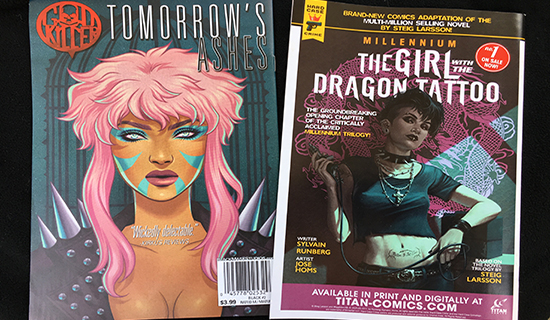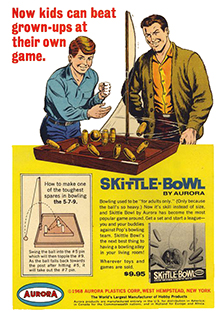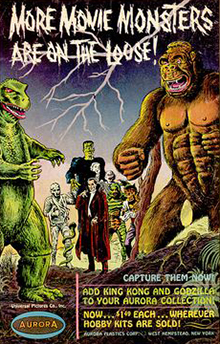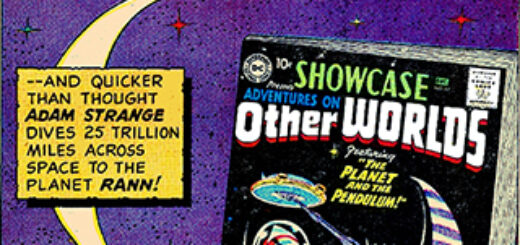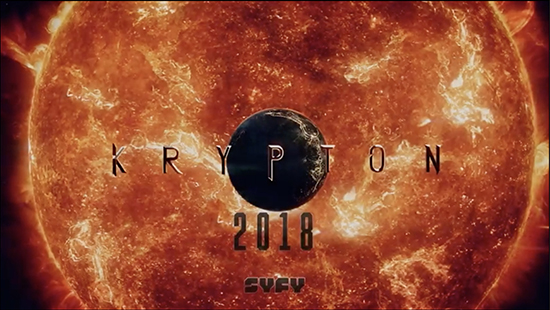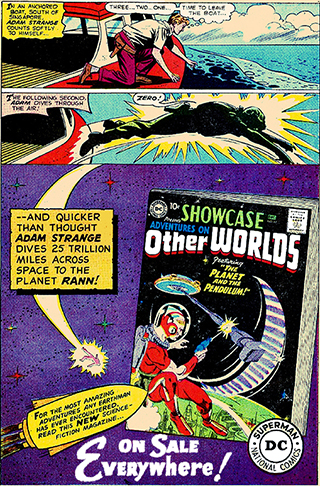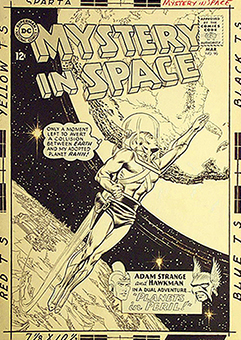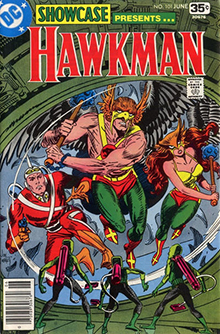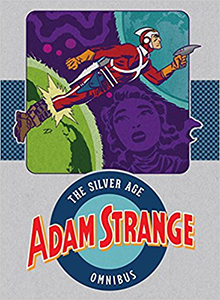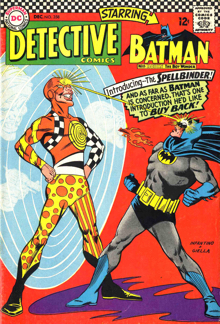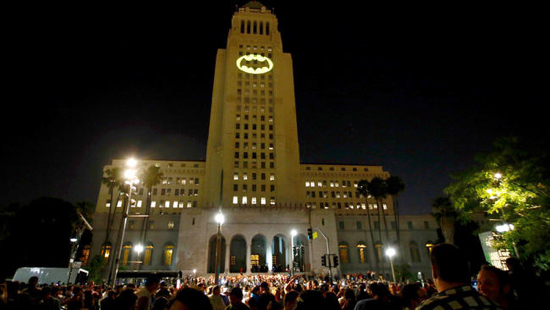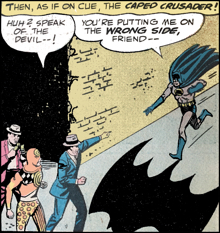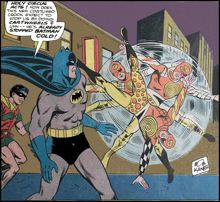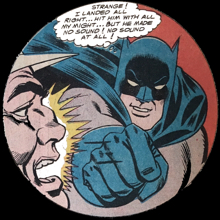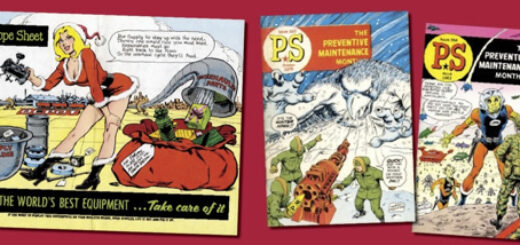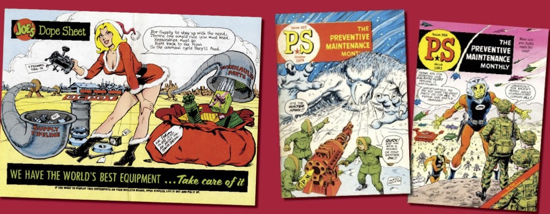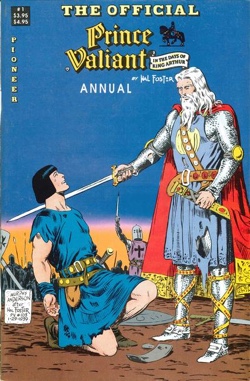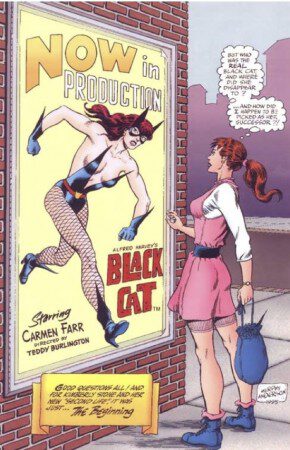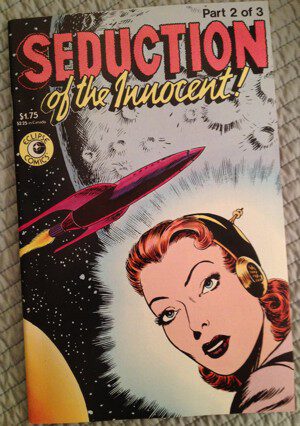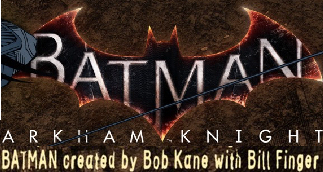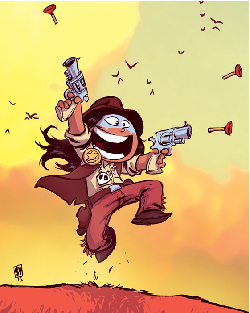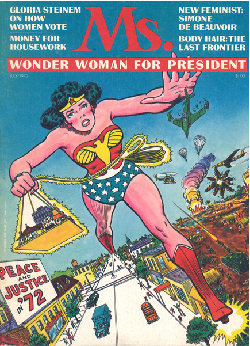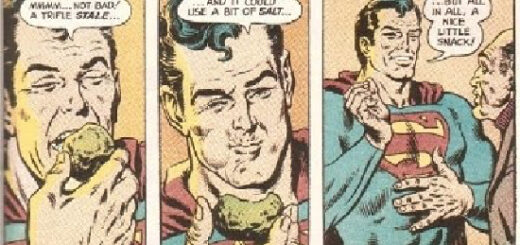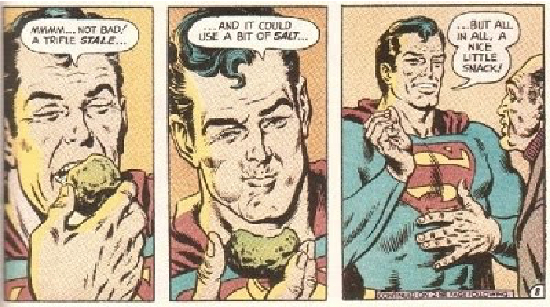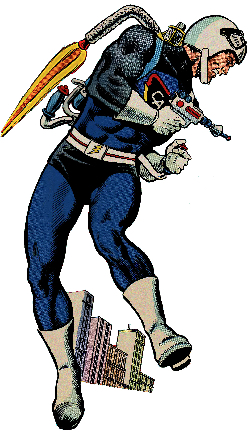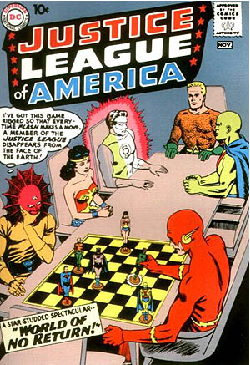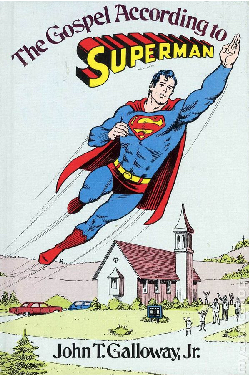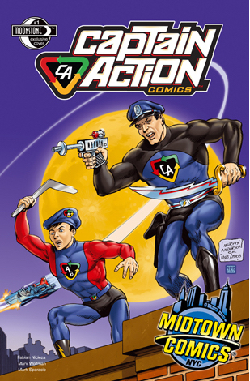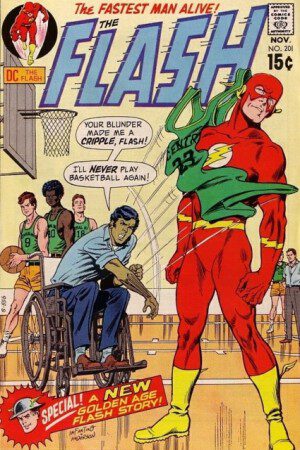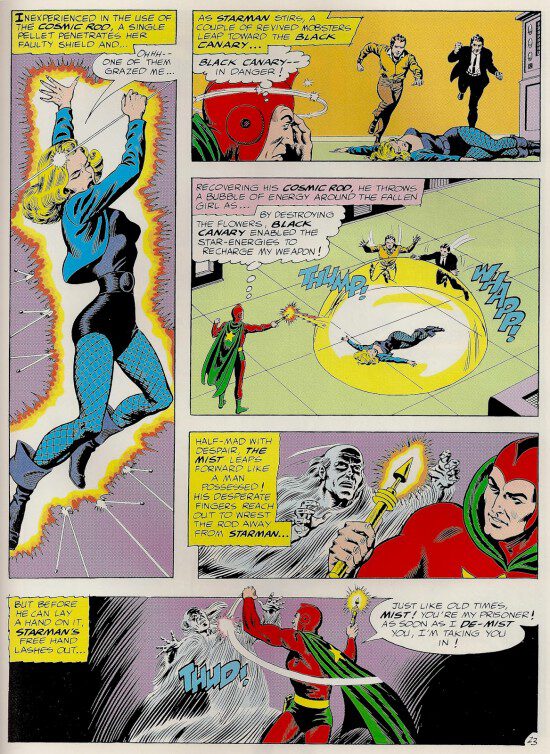Ed Catto: Baby Got Back
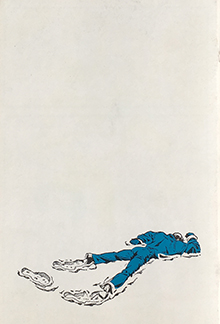 You can’t judge a book by its cover, but in comics we do. That’s what sells it. Oftentimes, comics retailers need to make pre-ordering decisions based largely on just a comic’s cover.
You can’t judge a book by its cover, but in comics we do. That’s what sells it. Oftentimes, comics retailers need to make pre-ordering decisions based largely on just a comic’s cover.
Comics, like people, should be enjoyed for what’s on the inside. Corny but true. But like the B-side of a vinyl record, sometimes there’s glory on the flipside, like with comic book back covers.
Emil Novak, Sr. runs a great store in Buffalo called Queen City Bookstore. It’s overflowing with comics and lost treasures, most reflecting Emil’s ravenous appetite for great comics. During my last visit there, I stumbled across The Spirit: The First 93 Dailies reprint comic from 1977. The front cover sported a heroic Eisner Spirit image, but the back cover, showing an exhausted Spirit collapsed in the snow was the cool part. And the courageous use of negative space really stood out. I really liked that back cover, and that sparked today’s topic.
We need not only reach back into the past for examples. There are so many clever back covers on comics today. Two, in particular, come to mind:
- Cliff Chiang’s creating some gorgeous wrap-around covers for his Image Paper Girls series, written by Brian Wood. Essentially the back cover is part of the front cover, but with Cliff’s strong sense of design and deliberate use of color, the back covers have a life of their own,
- Greg Rucka and Michael Lark swing the pendulum far in the opposite direction for their brilliant Lazarus This is a series set in the near future that provides a stark look at the impact of wealth concentrated amongst the few. The creators provide faux back cover advertisements each issue. The back cover adds to the story as if one of the storyline’s companies or ‘governments’ has created an ad. World-building via the back cover, if you will.
Back Cover Advertising
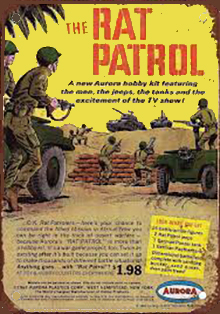
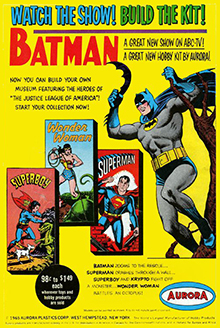 Advertisements can also create memorable back covers. I have fond memories of Silver Age back covers selling Aurora superhero model kits. The best ones leverage Curt Swan or Murphy Anderson art for on-the-nose authenticity.
Advertisements can also create memorable back covers. I have fond memories of Silver Age back covers selling Aurora superhero model kits. The best ones leverage Curt Swan or Murphy Anderson art for on-the-nose authenticity.
And while Land of the Giants, Rat Patrol or The Invaders weren’t TV shows I was watching back then, I sure was fascinated by their back-cover model kit ads. The Aurora monster model kits back cover ads probably deserve an entire column devoted to the creepy thrill and chills they inspired a generation of readers.
Toys ads could be hit or miss. I never warmed up to – or even understood – Skittle Bowl, despite ads illustrated by Murphy Anderson or featuring Don (Get Smart) Adams, I really loved the back-cover ads for Mattel’s Hot Birds and rrRUmblers. They must have worked. All the kids on my block collected these toys for about half a minute.
Professional Backstory
Over the years, my fascination with back covers has spilled over to my professional career. I’ve helped develop a few back covers of which I’m proud. A few examples:

 Pagemaster was the movie that had everything going for it – a great message, hot movie stars, and a top pop music performer. It was a “can’t miss.” I was excited to lead Nabisco’s promotional program with the picture. But then, the hot movie star got weird (Macaulay Culkin) and the pop music performer (Michael Jackson) got weirder. The picture fizzled, but not before we created a great comic ad for the program. We used one of the young actors from the TV ad and we ran on the back covers of Marvel Comics for a couple of months in 1994.
Pagemaster was the movie that had everything going for it – a great message, hot movie stars, and a top pop music performer. It was a “can’t miss.” I was excited to lead Nabisco’s promotional program with the picture. But then, the hot movie star got weird (Macaulay Culkin) and the pop music performer (Michael Jackson) got weirder. The picture fizzled, but not before we created a great comic ad for the program. We used one of the young actors from the TV ad and we ran on the back covers of Marvel Comics for a couple of months in 1994.- At Bonfire Agency, our geek-focused marketing firm, and GeekRiot Media, we ran quite a few ads on the back covers of comics from lots of different publishers: IDW, Boom! Studios, Archie, Dynamite, Aspen and more. It was invigorating, and personally fulfilling, to get big brands partnering with publishers beyond the “big two”.
Coming Next Issue
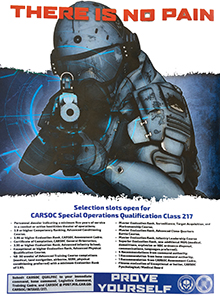
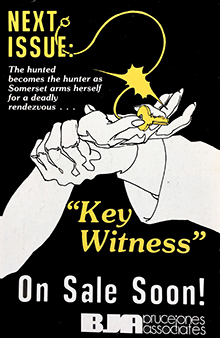 I think there’s something special about advertising the “next issue” on the back cover. I could go on and on about how we live in an anticipatory culture, always looking ahead to what’s next. Have we lost the ability to live in the moment? I don’t know. That’s a whole ‘nuther topic.
I think there’s something special about advertising the “next issue” on the back cover. I could go on and on about how we live in an anticipatory culture, always looking ahead to what’s next. Have we lost the ability to live in the moment? I don’t know. That’s a whole ‘nuther topic.
No matter: I still like using the back covers for next issues, or other comics by the same publisher. Recently, publishers like Titan and Black Mask started embracing this tactic.
Some of the best “coming next issue” back issues were on the flip side of Pacific Comic’s Somerset Holmes. It was a gorgeous comic with a gorgeous female lead, based on a gorgeous real-life female creator. (There’s an epic tale behind it all that I’d like to get into one day.) Somerset Holmes’ back covers were creative and memorable – some of my favorites.
Advertising experts used to say that the back cover of any magazine is valuable real estate, as there’s a 50% change that a magazine will be put on a table with the back side up, I’m not sure if anyone ever truly believed that, but there’s no denying the charm of the oft-neglected comic book back cover.
• • • • •
Oh, and in the spirit of “coming next time”: my next column builds off my recent Back Issue article on the 80s comic Thriller! I’ve finally caught up with author Robert Loren Fleming and we’ve got some long-lost secrets to reveal!


